A seasonal produce guide for the month of September, with tips on how to choose, store and prepare each ingredient! Plus, multiple recipes included for all 8 produce items!
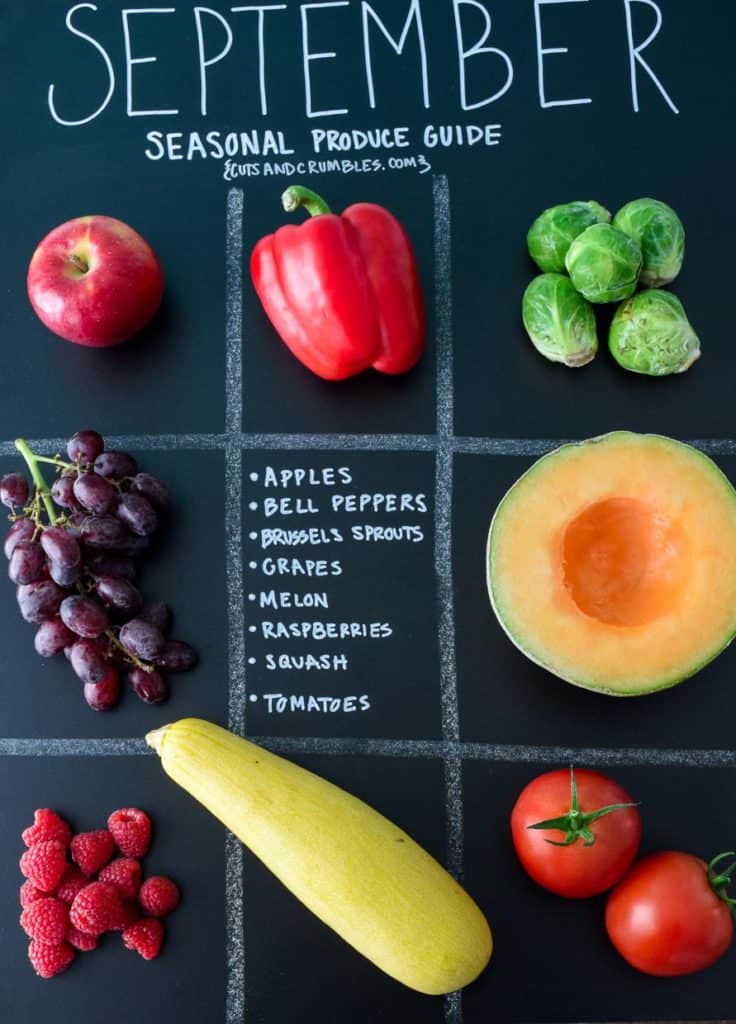
Apparently September is the month of red produce. I like to think it is because THE Ohio State football is back in gear so scarlet produce is all the rage right now in its honor 🙂 You'll see some old favorites and some new finds this month, with all brand new recipes for each produce item!
These monthly seasonal produce guides are designed to help you determine exactly what foods are currently in season, how to choose them and store them, as well as give you some great recipe ideas from fellow food bloggers that incorporate these seasonal finds!
Eating seasonally will help you save money while increasing the amount of flavor and nutrients you are obtaining from your food. So let's dig into our September Seasonal Produce Guide!
Apples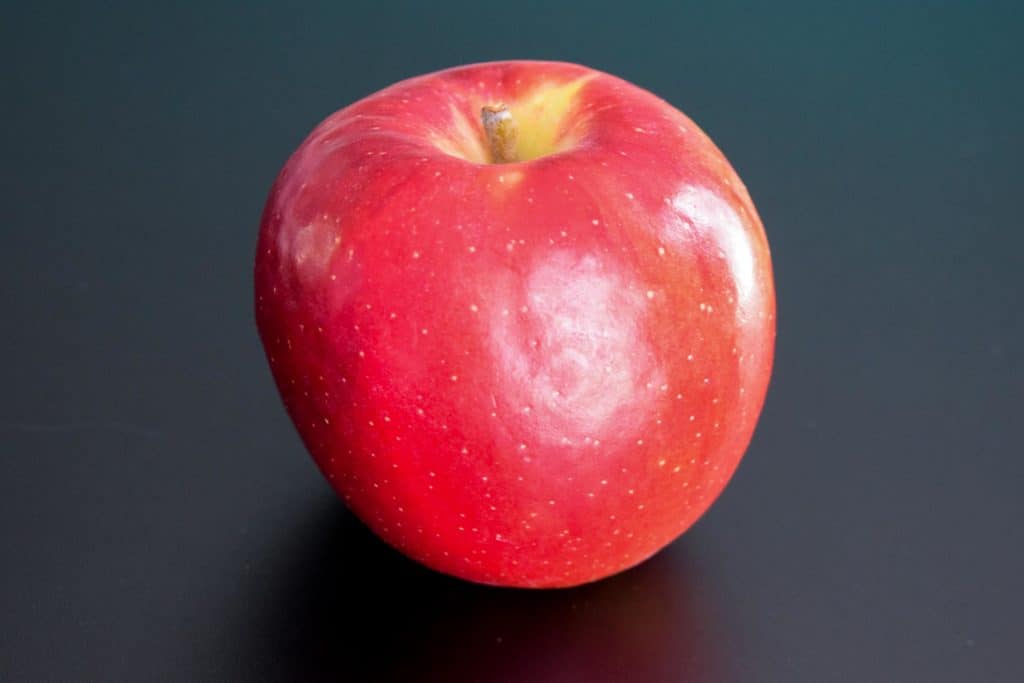
Apples are a legitimate mark of fall, and a sign of delicious things to come! I love sipping on a spiked apple cider during a football game or slicing into a freshly baked cinnamon apple bread on a fall Sunday morning. I'm getting all the fall feels just writing about apples right now, guys! 🙂
- How to choose them:
- Choose firm apples that feel heavy for their size. Avoid any that are soft, bruised, cut or indented.
- Sniff the apple to check for a pleasant smell, avoid any that smell foul or rotten.
- Choose apples that have a shiny, smooth skin.
- How to store them:
- Wash and dry and store in the refrigerator until ready to eat.
- Apples will last in the fridge for a few weeks.
- Store separate from other fruits, as the ethylene gas they release will cause other fruits to ripen faster.
- How to prepare them:
Bell Peppers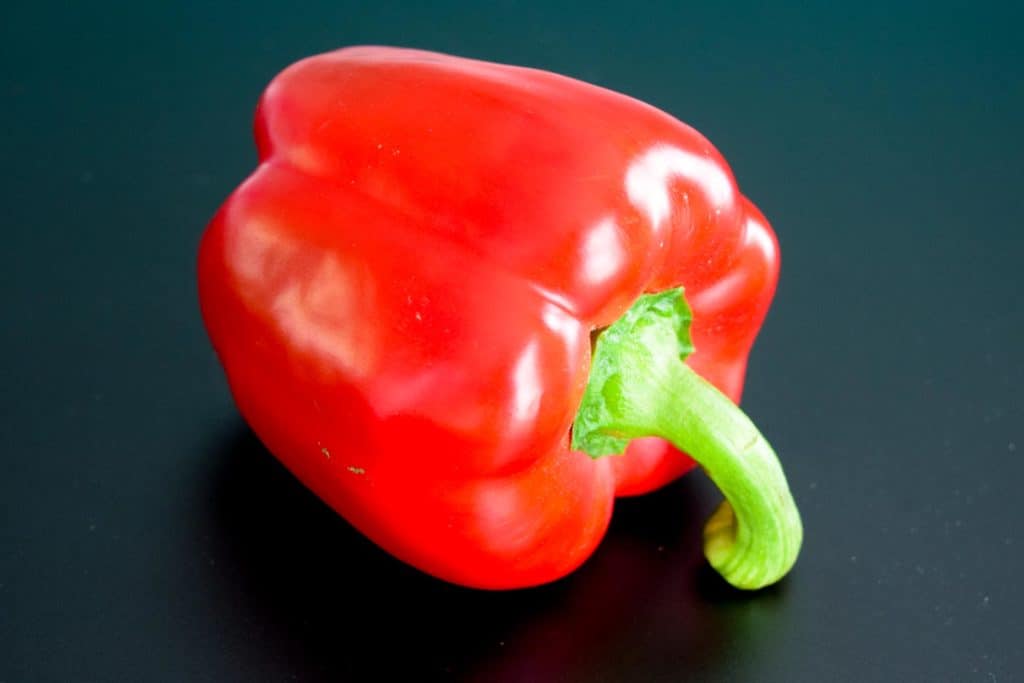
Ah, the classic bell pepper. One of our favorites. I could eat these raw, sauteed, grilled, roasted, or stuffed, and never get sick of them! There are too many great bell pepper recipes to not bring this back again this month.
- How to choose them:
- Choose peppers that are firm and glossy and have a deep, vivid color.
- Choose peppers that feel heavy for their size. They should be firm but give slightly when pressed.
- The stems should be fresh and bright green in color.
- Avoid peppers that have any wrinkles, sunken areas, cuts, dark spots or soft spots.
- If you want to eat the pepper raw, choose a female pepper (one with 4 points on the bottom). Although it will have more seeds, the flesh will be sweeter than a male pepper (one with 3 points on the bottom).
- How to store them:
- Store in the refrigerator next to a damp cloth to help keep the pepper hydrated for up to 10 days.
- Store any unripe peppers at 65-70 degrees F for 2 weeks until ripe.
- How to prepare them:
Brussels Sprouts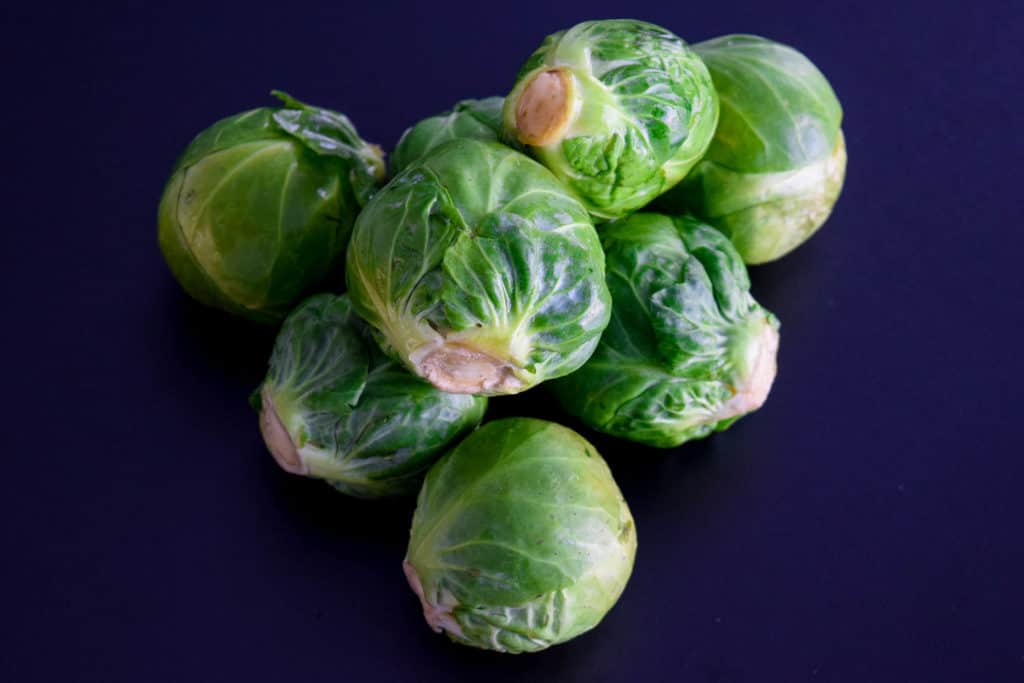
Brussels sprouts will forever be one of my favorite vegetables (when prepped properly...roasted with balsamic and maybe even some bacon and blue cheese if I'm feelin' sassy 🙂 )
- How to choose them:
- You can buy brussels sprouts on the stalk or loose. And if you've never seen them on the stalk, I encourage you to Google that right now because it's pretty nifty.
- Sprouts on the stalk will be richer in flavor and will last longer.
- Brussels sprouts are very similar to broccoli in that you're looking for ones that are heavy for their size, a bright green color, and tightly packed. They should also feel hard when pressed.
- Smaller brussels sprouts will be sweeter and more tender, while the larger ones will taste more like cabbage
- How to store them:
- Store in a tightly sealed bag or bowl in the refrigerator until ready to eat.
- Try to store in the coldest part of your fridge, preferably in the back of the top shelf.
- If you bought them on the stalk, remove before storing (unless you have room to store a giant stalk! In which case you can store it in a container of water and break the sprouts off as needed.)
- Brussels are best if eaten within a few days, but will last for a few weeks in the refrigerator.
- How to prepare them:
Grapes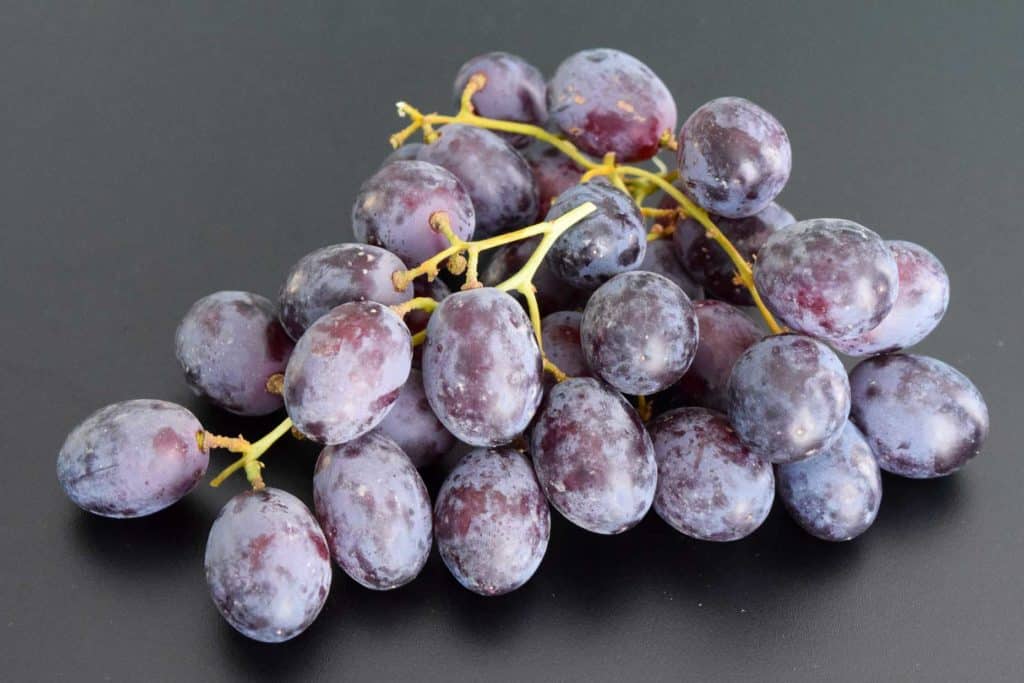
Who doesn't love a fresh cold grape? I'm a red grape fan myself (especially in wine form) and there are very few times where you won't find a bunch of red grapes in my fridge for snacking on during the week! (Same applies for the wine...)
- How to choose them:
- Choose grapes that are firm, plump and firmly attached to the stems. The stems should be green and flexible rather than brittle and dry.
- The white powder on grapes is safe and is called "bloom." This is a natural substance that protects the grapes from decay and moisture loss.
- Avoid grapes that are shriveled or that have excess moisture inside of the bag.
- How to store them:
- Store the grapes unwashed in their original bag in the refrigerator for 1-2 weeks.
- If removed from their original bag, store in a breathable, vented bag instead.
- How to prepare them:
Melons
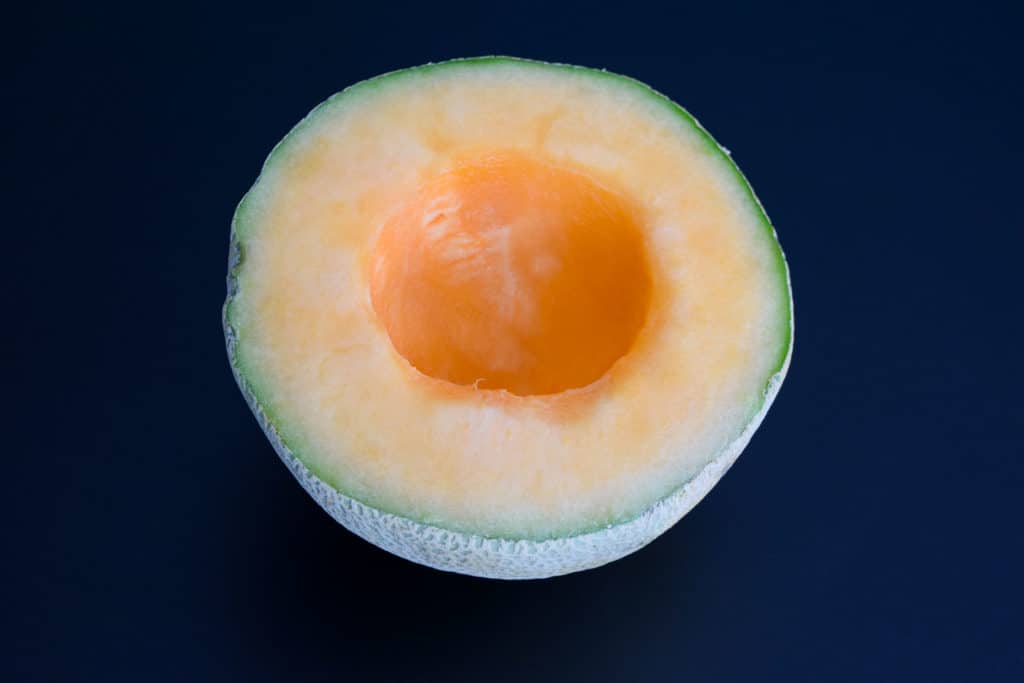
Listen, Linda. I HATE cantaloupe and honeydew. I love watermelon but all other melons are inferior and a useless addition to every fruit salad they haunt. I was upset I even had to buy this cantaloupe for this produce guide, but I haven't included melons yet so I decided it was finally time! Enjoy...
- How to choose them:
- Choose melons that have a sweet scent and are heavy for their size.
- Avoid any melons with soft spots, bruises or cracks.
- The stem should yield slightly when pressed.
- A honeydew should be dull rather than shiny (which would be a sign of it being underripe) and a cantaloupe rind should look like raised netting.
- How to store them:
- If not ripe yet, allow to sit at room temperature for up to 2 days, placing a paper bag to speed up the process.
- Once ripe, refrigerate a whole melon for up to 5 days. A sliced melon should be covered and stored for up to 3 days.
- How to prepare them:
Raspberries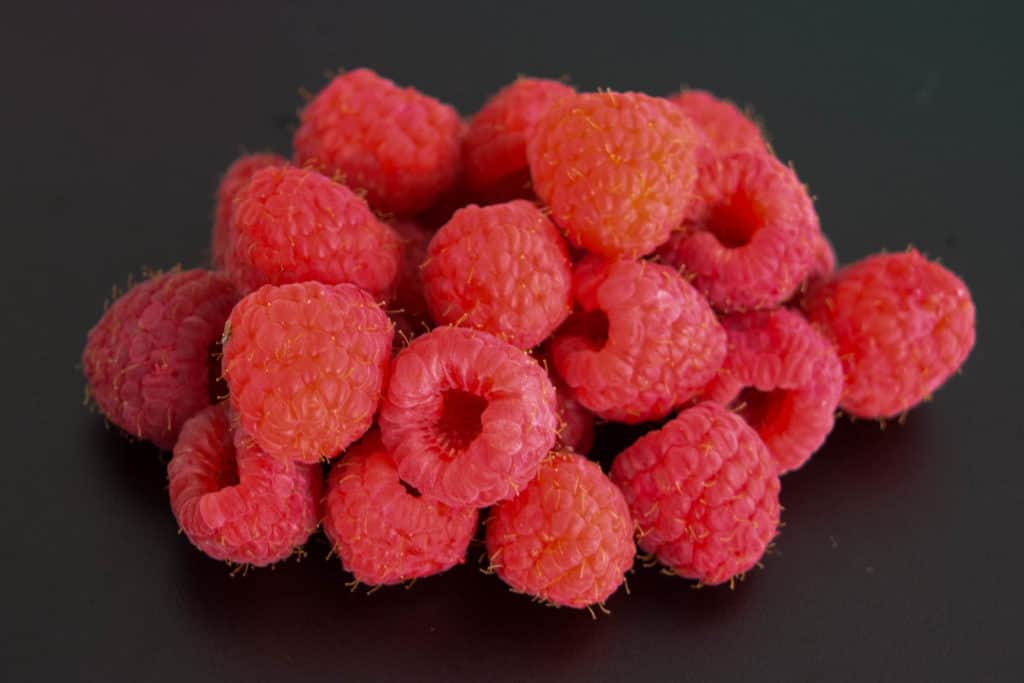
Raspberries are really growing on me as one of my favorite fruits. Maybe because I keep buying them for produce guides so I am forced to eat and cook with them? Regardless, I'm really loving these little nuggets!
- How to choose them:
- Choose raspberries that are clean and dry, firm, plump and evenly colored.
- Carefully check containers for any signs of mold, and make sure older fruit is not hiding below fresh fruit.
- Avoid raspberries that are wilted or bruised.
- How to store them:
- Store raspberries dry as excess moisture will promote spoilage.
- Store in the refrigerator but avoid storing in the coldest part to prevent frost damage.
- Keep raspberries stored in their original container or in a breathable container lined with paper towels to collect excess moisture.
- How to prepare them:
Squash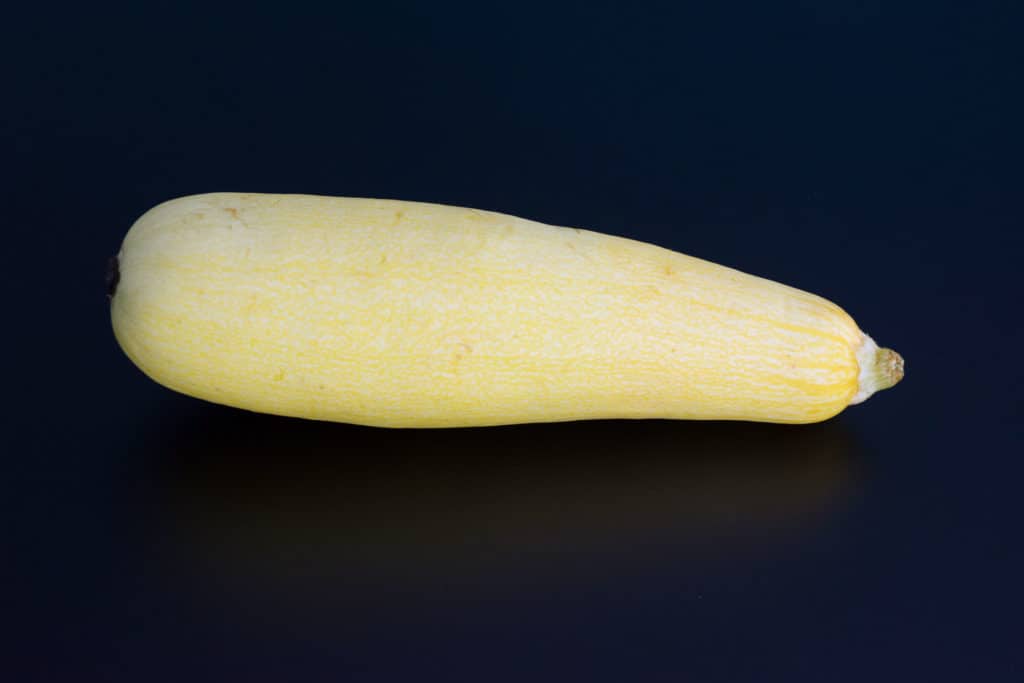
We're in that weird time frame between summer and winter squashes so I'm just going to leave a yellow squash riiiight here. It seems to be the most ambiguous of all the squashes so before we start moving into acorn and butternut squashes, let's just enjoy this basic yellow squash! (Although I've included some recipes from all types of squashes!)
- How to choose it:
- Choose a squash that is heavy for its size.
- Choose a squash that has an intact, firm and dry stem. The skin should be dull and matte, as shiny skin is a sign of the squash having been picked too early.
- Avoid any squashes with cuts, cracks or soft spots.
- Choose a squash that is deep and rich in its particular color. A pale spot where the squash rested is fine as long as it isn't green, which could be a sign of the squash not being ripe yet.
- How to store it:
- Refrigerate in a plastic bag for up to one week.
- How to prepare it:
Tomatoes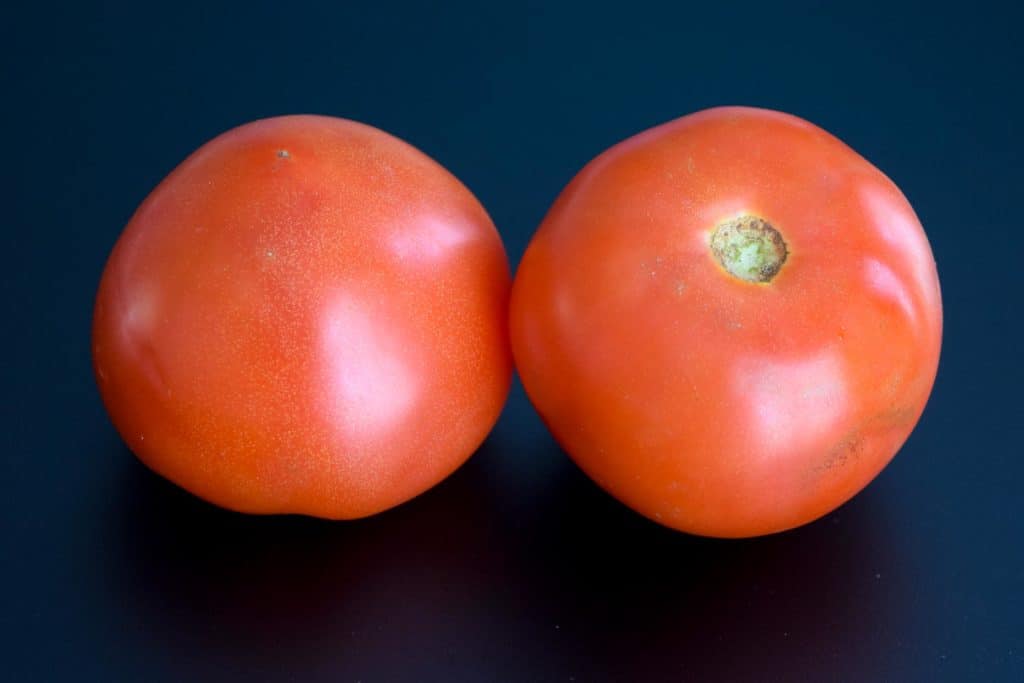
Naturally, as an Ohioan, I must include tomatoes again. They're a summer/fall staple and there are just SO many good recipes out there that it'd be a crime not to include them at least one more time before the frost comes 🙂
- How to choose them:
- Choose tomatoes that are plump and heavy with smooth, shiny skin. The coloration should be uniform.
- Smell the tomato by the stem. Fresh tomatoes will have a strong, sweet, earthy smell.
- Avoid tomatoes with any blemishes, cuts, wrinkles or soft spots.
- How to store them:
- Ripe tomatoes should be kept in a single layer, stem side up, at room temperature, away from sunlight and consumed within a few days.
- Overripe tomatoes should be refrigerated to prevent further ripening and used within 3 days. Before use they should be allowed to reach room temperature to better bring out their flavor.
- How to prepare them:
That's it!! I hope you enjoyed this month's produce guide! Plan ahead by checking out next month's guide!

Carol says
Great list!!! I love that you include ideas for how to eat the seasonal veggies.
cutsandcrumbles says
Thank you, Carol! So glad others are finding these helpful! 🙂 Let me know which recipe was your favorite if you give them a try!